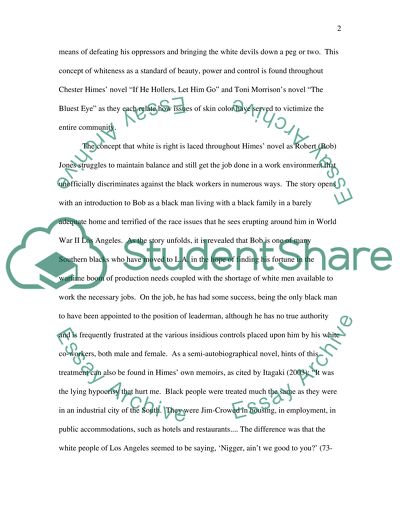Cite this document
(“Victimization and racial boundaries (English Literature) Essay”, n.d.)
Victimization and racial boundaries (English Literature) Essay. Retrieved from https://studentshare.org/miscellaneous/1541919-victimization-and-racial-boundaries-english-literature
Victimization and racial boundaries (English Literature) Essay. Retrieved from https://studentshare.org/miscellaneous/1541919-victimization-and-racial-boundaries-english-literature
(Victimization and Racial Boundaries (English Literature) Essay)
Victimization and Racial Boundaries (English Literature) Essay. https://studentshare.org/miscellaneous/1541919-victimization-and-racial-boundaries-english-literature.
Victimization and Racial Boundaries (English Literature) Essay. https://studentshare.org/miscellaneous/1541919-victimization-and-racial-boundaries-english-literature.
“Victimization and Racial Boundaries (English Literature) Essay”, n.d. https://studentshare.org/miscellaneous/1541919-victimization-and-racial-boundaries-english-literature.


